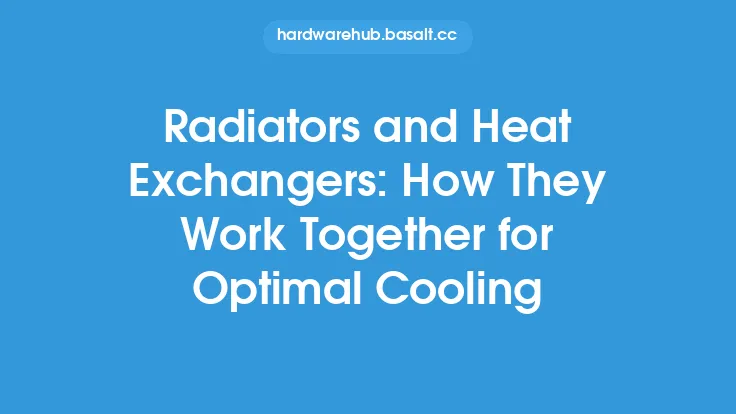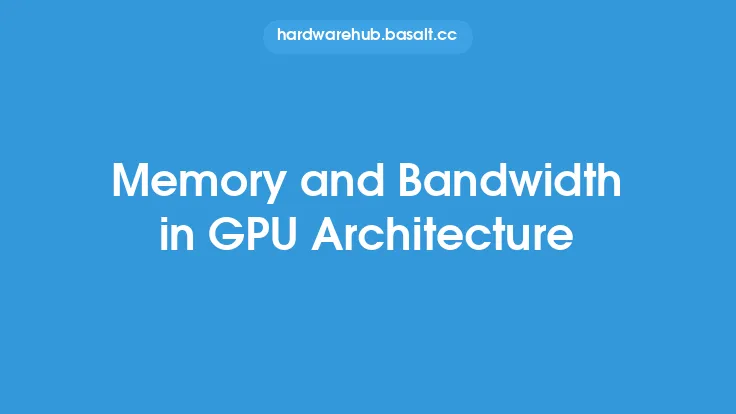The core components of a Graphics Processing Unit (GPU) are designed to work in tandem to deliver high-performance graphics rendering, compute tasks, and other applications. At the heart of this synergy are the GPU cores and shaders, which collaborate to execute the complex mathematical calculations required for graphics processing. In this article, we will delve into the inner workings of GPU cores and shaders, exploring how they work together to drive the graphics processing pipeline.
Introduction to GPU Cores
GPU cores, also known as CUDA cores (in NVIDIA GPUs) or Stream processors (in AMD GPUs), are the primary processing units within a GPU. These cores are responsible for executing the instructions that drive the graphics pipeline, including tasks such as vertex processing, pixel processing, and compute operations. Modern GPUs often feature hundreds or even thousands of these cores, which work in parallel to achieve high throughput and performance. Each core is capable of executing a single instruction on a single piece of data, known as Single Instruction, Multiple Data (SIMD) architecture.
Shaders: The Programmable Units
Shaders are small programs that run on the GPU cores, responsible for performing specific tasks within the graphics pipeline. There are several types of shaders, including vertex shaders, pixel shaders, geometry shaders, and compute shaders. Vertex shaders are used to transform 3D vertices, while pixel shaders are used to calculate the final color of pixels on the screen. Geometry shaders, on the other hand, are used to manipulate 3D geometry, and compute shaders are used for general-purpose computing tasks. Shaders are written in high-level programming languages, such as HLSL (High-Level Shading Language) or GLSL (OpenGL Shading Language), and are compiled into machine code that can be executed by the GPU cores.
How GPU Cores and Shaders Work Together
When a graphics application is executed, the GPU receives a stream of instructions and data, which are then processed by the GPU cores. The cores execute the shader programs, which perform the necessary calculations to transform 3D models, apply textures and lighting, and render the final image. The GPU cores and shaders work together in a pipelined fashion, with each stage of the pipeline building on the output of the previous stage. For example, the vertex shader stage outputs transformed vertices, which are then passed to the geometry shader stage, and finally to the pixel shader stage, where the final pixel colors are calculated.
Execution Model
The execution model of GPU cores and shaders is based on a massively parallel architecture, where thousands of threads are executed concurrently. Each thread represents a single execution of a shader program, and multiple threads can be executed on a single GPU core. This allows the GPU to process large amounts of data in parallel, achieving high throughput and performance. The execution model is also designed to minimize overhead, with features such as thread blocking and synchronization, which enable efficient execution of shader programs.
Instruction-Level Parallelism
GPU cores and shaders also exploit instruction-level parallelism (ILP), which allows multiple instructions to be executed simultaneously. This is achieved through techniques such as instruction pipelining, where multiple instructions are fetched, decoded, and executed in a pipelined fashion. ILP enables the GPU to extract more parallelism from the shader programs, further increasing performance and throughput.
Register Architecture
The register architecture of GPU cores plays a crucial role in the execution of shader programs. Registers are small amounts of on-chip memory that store data temporarily while it is being processed. The register architecture is designed to provide high-bandwidth access to data, minimizing the time spent on data transfer and maximizing the time spent on computation. Modern GPUs often feature large register files, which can store thousands of registers, allowing for efficient execution of complex shader programs.
Conclusion
In conclusion, the collaboration between GPU cores and shaders is at the heart of the graphics processing pipeline. By working together, these components enable the execution of complex mathematical calculations, driving high-performance graphics rendering, compute tasks, and other applications. Understanding how GPU cores and shaders work together provides valuable insights into the inner workings of the GPU architecture, and highlights the importance of parallelism, pipelining, and instruction-level parallelism in achieving high performance and throughput. As the demand for high-performance graphics and compute capabilities continues to grow, the synergy between GPU cores and shaders will remain a critical component of modern GPU architectures.





